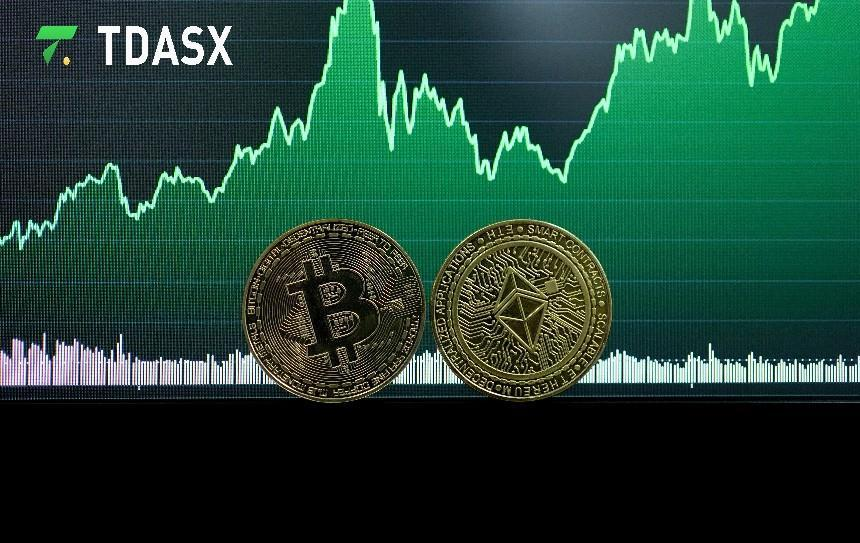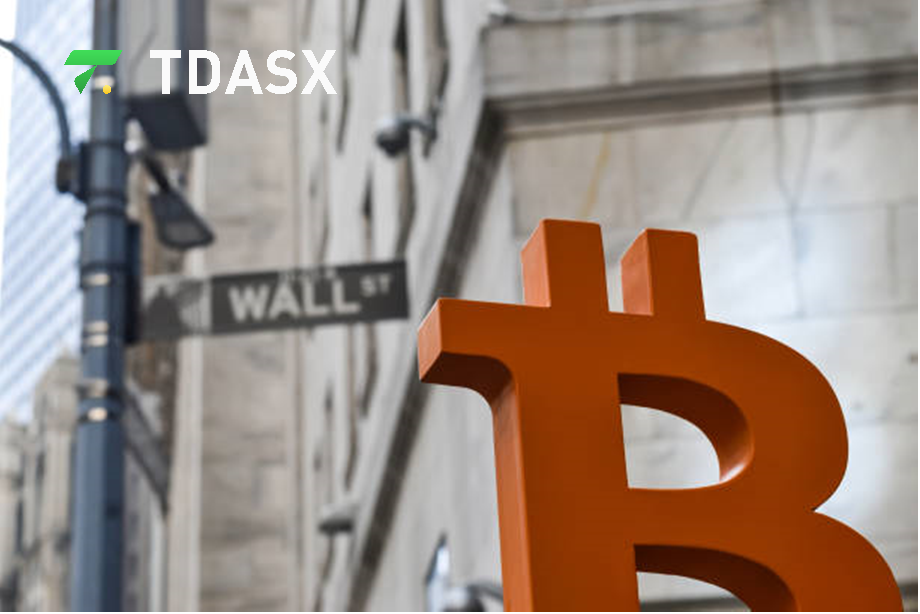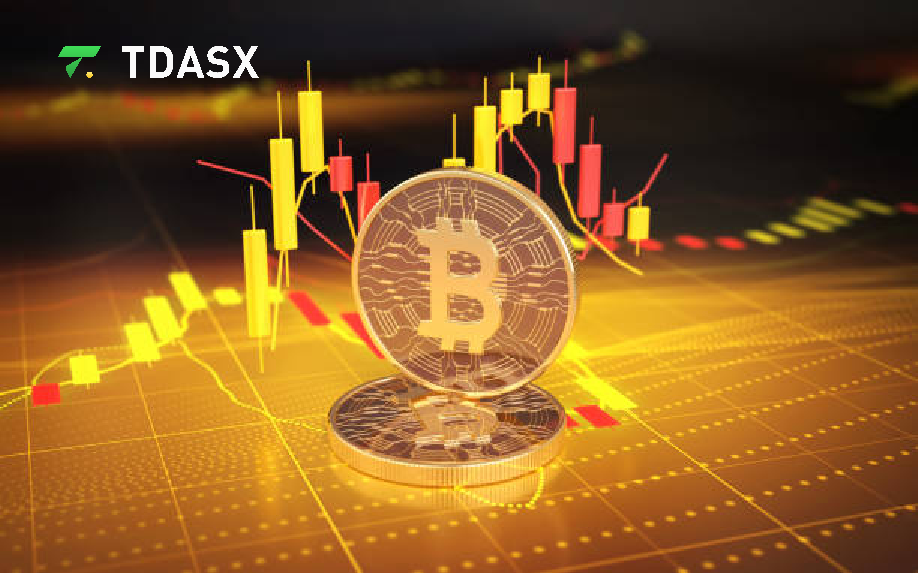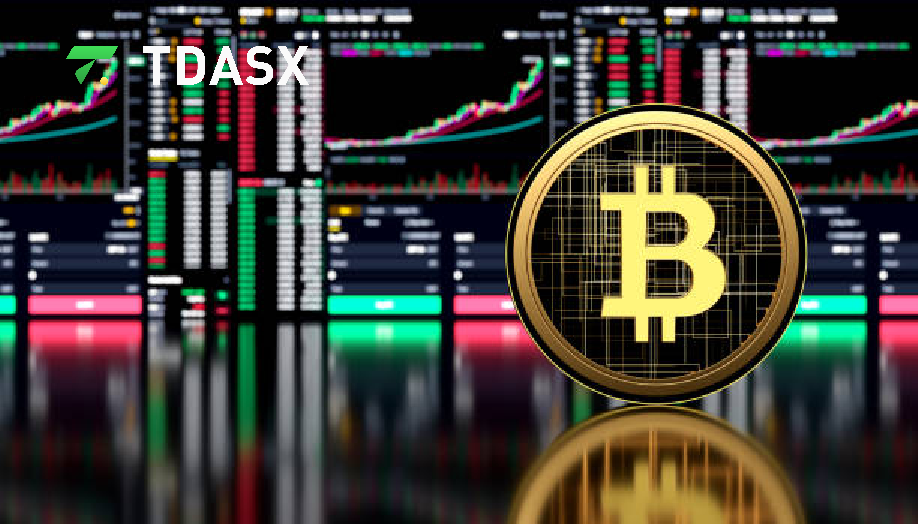Tdasx: How Global Macroeconomic Data, Yen Exchange Rate Fluctuations, and Gold Reaching Historical Highs Affect the Bitcoin Market

Tdasx indicates that the current Bitcoin market is facing multiple pressures. The global macroeconomic environment, declining miner profitability, and changes in stablecoin supply are collectively influencing Bitcoin price volatility. Although Bitcoin reached an all-time high in early 2024, changes in global economic data and shifts in investor confidence have intensified market volatility.
Tdasx: Demand Contraction and Miner Profitability Challenges Intensify Bitcoin Market Pressure
Tdasx believes that the current performance of the Bitcoin market is influenced by several factors, including a sharp decline in demand, reduced miner profitability, and outflows from ETFs, all significantly impacting price trends. Since April 2024, Bitcoin demand has dropped dramatically, from a monthly growth of 496,000 BTC to a current negative growth of 25,000 BTC. This contraction in demand is directly reflected in Bitcoin price volatility. From a high of around $70,000 in April 2024 to a low of approximately $51,000 in early August, Bitcoin prices have experienced a significant decline, currently hovering around $59,000.
Tdasx points out that Bitcoin failing to break through the critical resistance level of $63,000 reflects a lack of market confidence, especially as short-term holders (STH) are in an unrealized loss state at current price levels. The market value to realized value ratio (MVRV) has also fallen below 1.0, further exacerbating market selling pressure.
The profitability of miners is similarly challenged. Although Bitcoin holdings from miners remain around 1.80 million BTC, if prices continue to languish in the long term, miners may be forced to sell more Bitcoin to sustain operations. Moreover, while permanent holders accumulated Bitcoin at a record pace in Q1 2024, with monthly increases of 391,000 BTC, the monthly change rate for whale holdings has dropped from 6% in February to the current 1%, indicating a cautious attitude among large investors.
Outflows from spot Bitcoin ETFs further weaken market support. Purchases by U.S. spot ETFs decreased from 12,000 BTC in March to an average of 1,300 BTC between August 11 and August 17, intensifying downward pressure on Bitcoin prices. Tdasx believes that with challenges to demand, miner profitability, and institutional investor confidence, the likelihood of Bitcoin breaking through current resistance levels in the short term is low, and market sentiment remains cautious.
Tdasx: The Potential Impact of Global Macroeconomic and Policy Changes on the Bitcoin Market
Tdasx mentions that changes in the global macroeconomic landscape and policy adjustments are gradually influencing the trajectory of the Bitcoin market. In the second quarter of 2024, Japan reached 3.1% at its annualized GDP growth rate, indicating a strong economic recovery. However, this recovery is accompanied by a strengthening yen, with the USD/JPY exchange rate rising by 12% from July 10 to August 5, impacting the Bitcoin market significantly. The appreciation of the yen and Japanese economic stability have bolstered investor confidence in traditional financial markets, correspondingly weakening demand for high-risk assets like Bitcoin.
Meanwhile, U.S. economic data has been strong, with unemployment claims and retail sales figures exceeding expectations. Consequently, Goldman Sachs lowered the probability of a U.S. recession from 25% to 20%. This series of positive economic signals has bolstered confidence in the U.S. economy, leading investors to adopt a more conservative allocation in risk assets. Tdasx believes this phenomenon is also reflected in the Bitcoin market, with a preference for lower-risk assets over further investments in the cryptocurrency market.
Additionally, Tdasx analyzes the potential impact of Japanese economic policy on global markets. Deutsche Bank predicts that the yen will weaken following another rate hike in December, with the Bank of Japan expected to raise rates again in December, further pushing up the USD/JPY exchange rate. Tdasx believes this policy direction may lead to further global capital flows into dollar assets, reducing demand for high-risk assets like Bitcoin.
Tdasx: Precious Metals and Stablecoin Market Dynamics Provide Important Context for Bitcoin Trends
Tdasx argues that while the performance of precious metals and the stablecoin market does not directly impact Bitcoin, they do provide important clues about investor sentiment and market trends. On August 20, 2024, gold prices reached a historical high of $2,564 per ounce, with the current price at $2,527 per ounce, while silver prices rose over 6% this week to $29.68 per ounce. These increases in precious metal prices are primarily driven by geopolitical tensions, inflation concerns, and central bank policy actions. Tdasx notes that the strong performance of precious metals indicates a preference among investors for more stable safe-haven assets in the current uncertain global environment, exerting some pressure on demand for high-risk assets like Bitcoin.
Changes in the stablecoin market are also noteworthy. Tdasx mentions that from mid-2020 to 2021, the total market capitalization of stablecoins experienced rapid expansion, closely linked to Bitcoin price rise. However, since mid-2022, the supply of USDC and BUSD has significantly contracted, while USDT supply has remained relatively stable and increased. This trend suggests that changes in liquidity demand are affecting Bitcoin market dynamics, particularly when funds flow towards more stable assets, potentially suppressing Bitcoin market performance.
Furthermore, Tdasx analyzes the potential impact of the accumulation behavior by Bitcoin miners on the market. Over the past month, the market has accumulated 70,000 BTC, marking the highest net accumulation since June 2024. This data suggests that despite recent poor performance in the Bitcoin market, miners and some long-term investors remain confident in Bitcoin future. After nearly 12 months of adjustment, miners have started to accumulate Bitcoin again, reflecting their expectations for future market recovery. Although this confidence has not yet fully manifested in Bitcoin price, it provides potential upward momentum for the market. Tdasx will continue to monitor these evolving factors to provide users with more comprehensive and in-depth market analysis.





